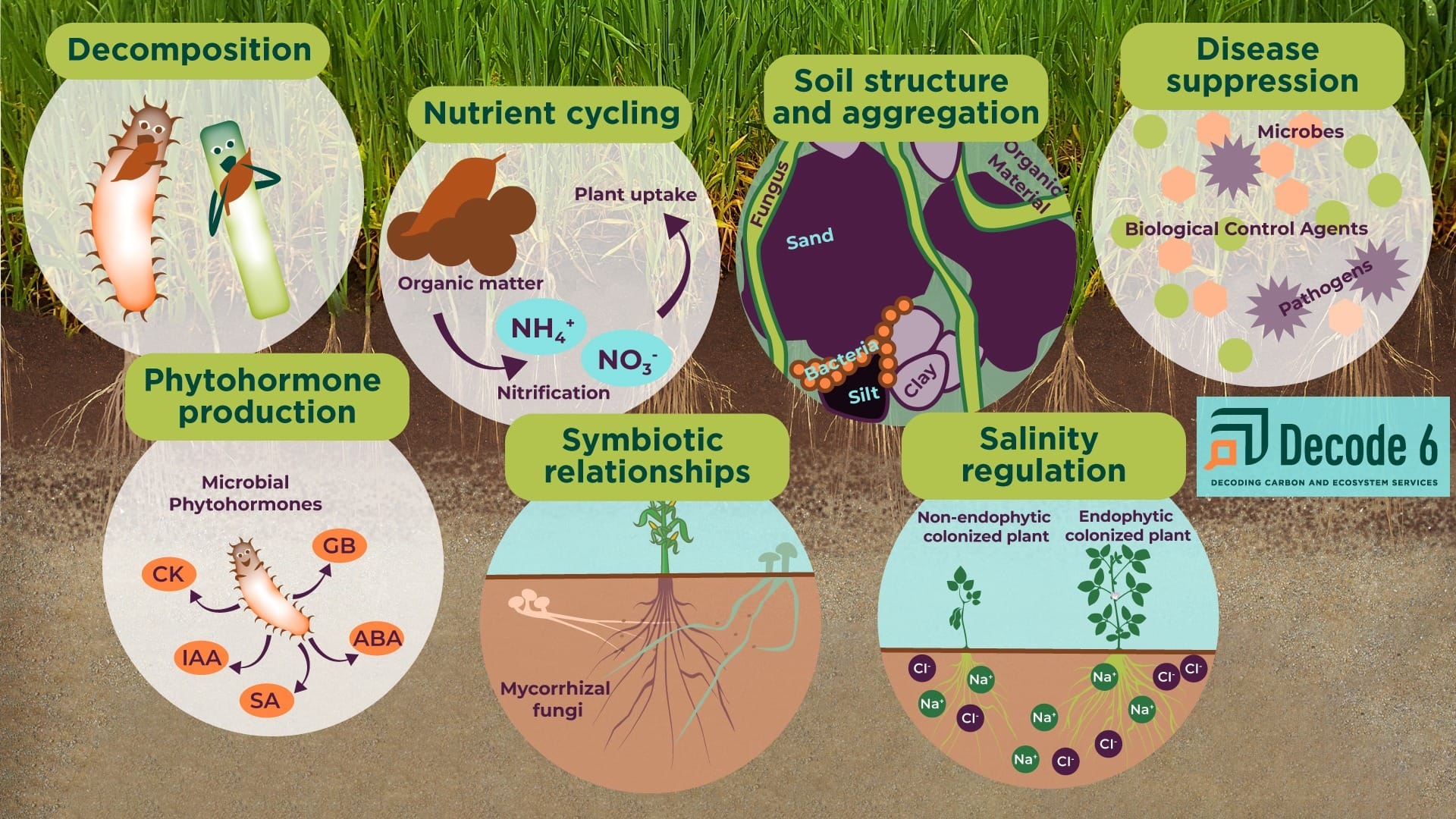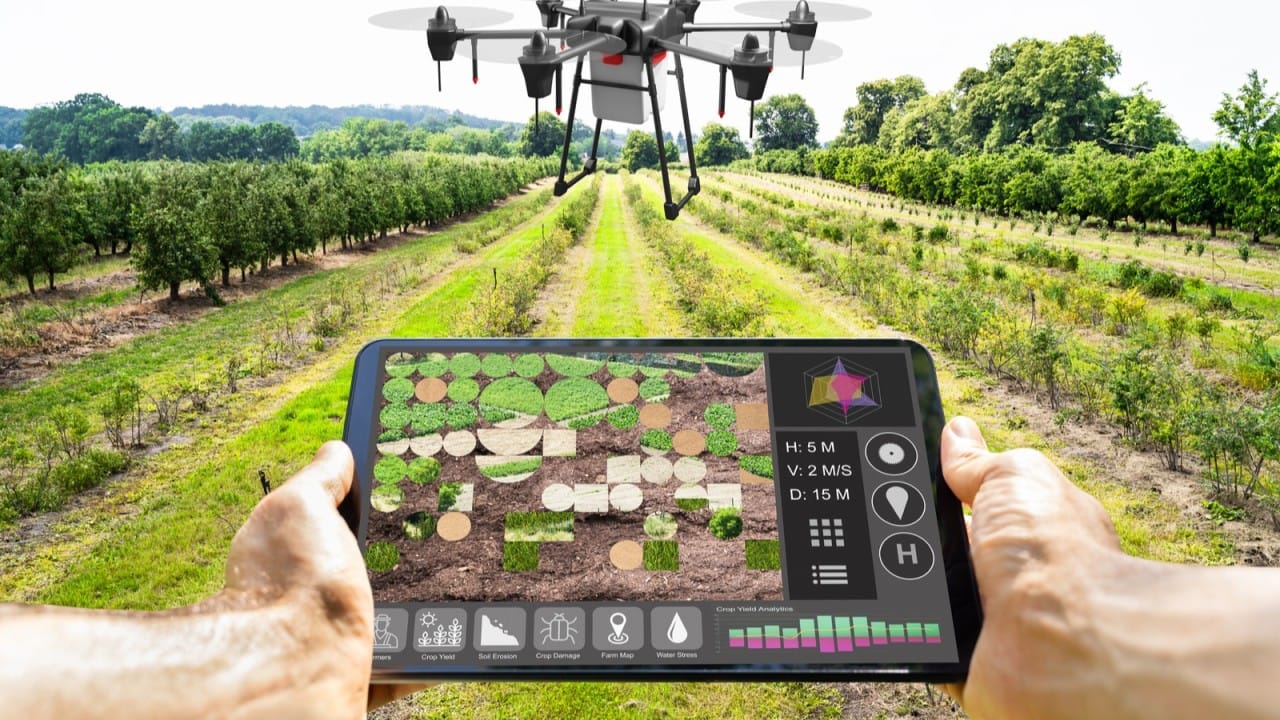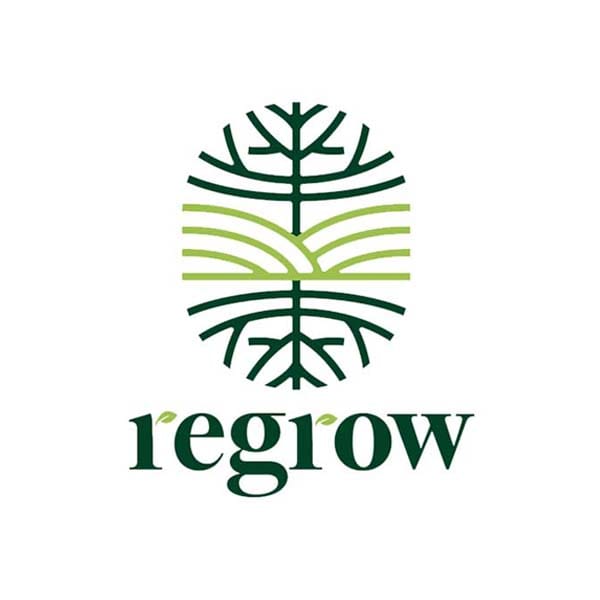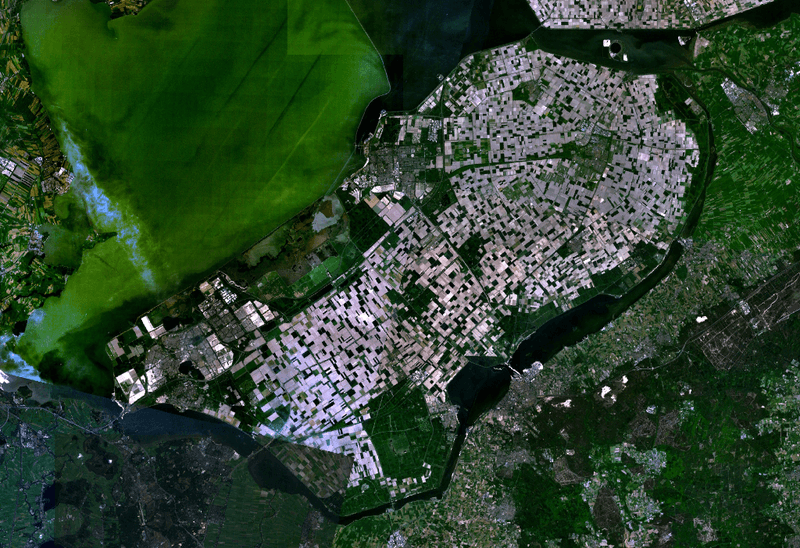Introduction
Soil is the foundation of terrestrial life, supporting ecosystems and serving as a critical resource for agriculture. However, human activities such as over-farming, deforestation, urbanization, and industrial pollution have led to severe soil degradation worldwide. This loss of soil quality threatens food security, water retention, and biodiversity. Artificial soil regeneration (ASR) has emerged as a cutting-edge solution to counter this crisis, blending science and technology to restore soil health faster and more effectively than natural processes.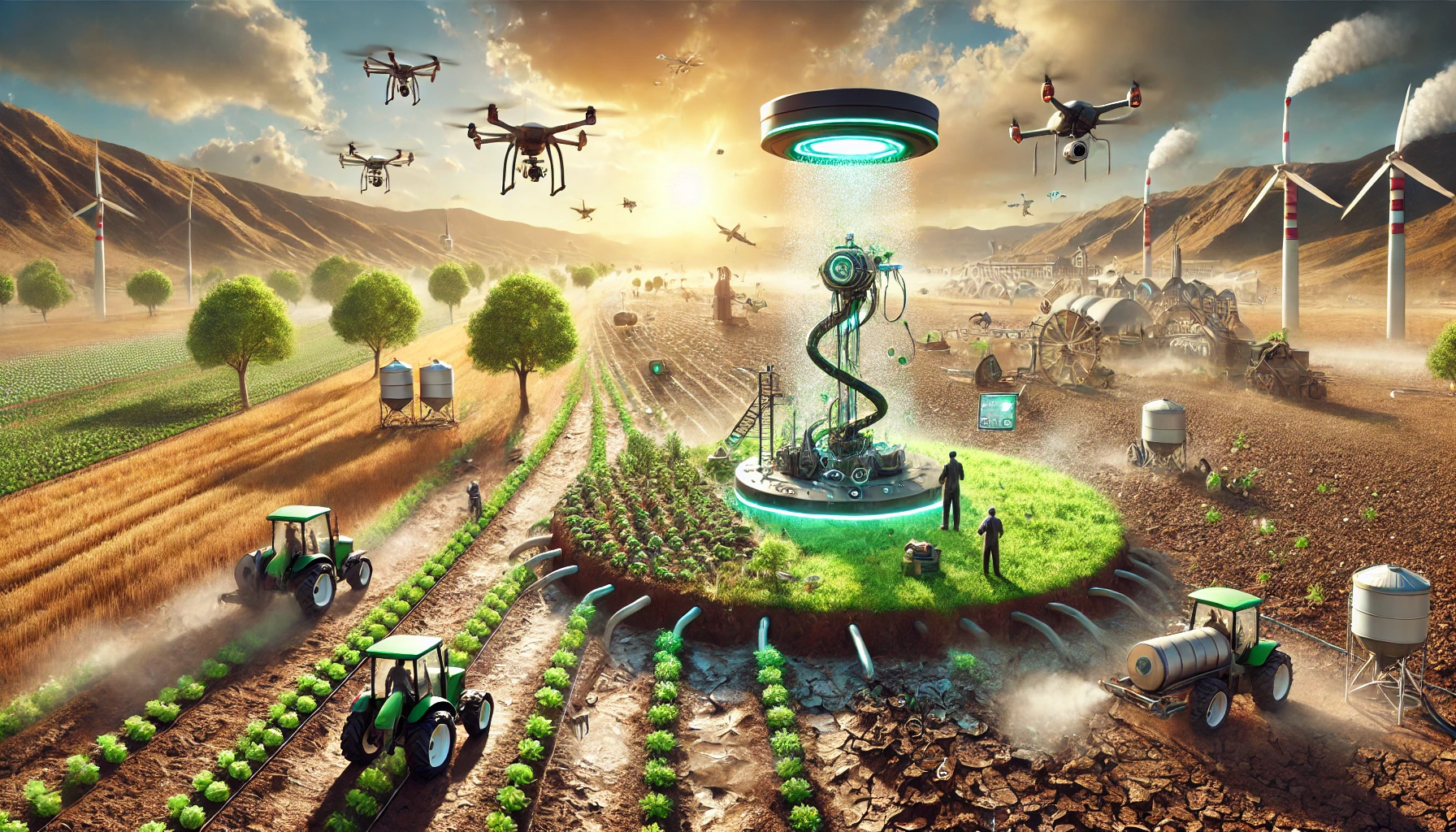
This article delves deep into artificial soil regeneration, exploring its science, technologies, applications, benefits, challenges, and future potential.
What is Artificial Soil Regeneration?
Artificial soil regeneration refers to the deliberate restoration of degraded soil using advanced scientific and technological methods. Unlike natural soil recovery, which can take decades or even centuries, artificial methods accelerate this process by directly addressing soil deficiencies.
Key elements of ASR include:
- Physical Improvement:
Enhancing soil structure for better aeration and water retention. - Chemical Balancing:
Adjusting pH and replenishing essential nutrients like nitrogen(N), phosphorus(P), and potassium(K).
- Biological Restoration:
Reintroducing beneficial microorganisms and organic matter to rebuild the soil’s ecosystem.
ASR transforms barren or nutrient-poor soils into fertile grounds, capable of supporting vegetation and agriculture.
The Technology Behind
Artificial Soil Regeneration
Modern soil regeneration relies on a blend of scientific disciplines, including biotechnology, nanotechnology, and data analytics. These technologies enable precise and efficient restoration processes:
- Soil Sensors and IoT Integration:
Smart sensors embedded in soil measure parameters like pH, nutrient levels, moisture content, and temperature. These sensors send data to centralized systems using the Internet of Things (IoT), providing real-time insights into soil health. - Nano-Enhanced Additives
Nanotechnology plays a crucial role in soil regeneration. Nano-sized particles of nutrients or minerals are engineered for controlled release, ensuring optimal absorption by plants and microorganisms. Nanoparticles can also neutralize pollutants in the soil. - Bioengineered Microorganisms:
Microbial solutions, such as genetically enhanced bacteria and fungi, are introduced to restore soil ecosystems. These microbes break down organic matter, fix nitrogen, and decompose pollutants, enriching the soil’s biological activity.
- AI and Machine Learning:
Advanced AI systems analyze data from soil sensors to identify deficiencies and recommend targeted interventions. Machine learning models predict long-term soil behavior and suggest adaptive strategies for sustainable farming. - Automated Machinery:
Drones and robots distribute soil enhancers, such as compost, biochar, or fertilizers, with precision. These machines optimize resource use, reducing waste and costs.
How Artificial Soil Regeneration Works?
- Assessment and Analysis:
The process begins with a comprehensive analysis of soil conditions. Technologies like remote sensing, soil sampling, and digital mapping identify problem areas, nutrient deficiencies, and contamination levels. - Soil Treatment:
Based on the analysis, specific treatments are applied. These may include:- Adding organic matter like compost to improve texture and nutrient content.
- Introducing biochar to enhance water retention and microbial activity.
- Applying lime or sulfur to adjust pH levels.
- Biological Augmentation:
Beneficial microorganisms, like nitrogen-fixing bacteria or mycorrhizal fungi, are introduced to stimulate nutrient cycling and plant growth. - Automation and Precision Agriculture:
Using AI-driven drones and robotic systems, treatments are applied uniformly and efficiently across fields. This ensures precise distribution and reduces environmental impact. - Monitoring and Feedback:
After treatment, continuous monitoring systems evaluate the effectiveness of interventions. Adjustments are made as needed to maintain soil health over time.
Applications of
Artificial Soil Regeneration
Artificial soil regeneration has diverse applications across industries and ecosystems:
- Agriculture:
Regenerating depleted farmland to boost crop yields and reduce dependency on chemical fertilizers. - Reforestation and Afforestation:
Restoring soil quality in degraded forest lands to support reforestation efforts and biodiversity recovery. - Urban Development:
Enhancing soil in urban green spaces like parks and rooftop gardens for better vegetation growth. - Industrial Remediation:
Revitalizing contaminated soils near mining, oil extraction, and industrial sites for safe reuse or ecological restoration. - Desertification Reversal:
Converting arid and semi-arid regions into productive lands through soil improvement techniques.
Benefits of
Artificial Soil Regeneration
- Improved Agricultural Productivity:
By restoring essential nutrients and soil structure, ASR enhances crop yields and reduces dependency on synthetic fertilizers. - Environmental Conservation:
Healthy soil reduces erosion, improves water retention, and absorbs more carbon, helping mitigate climate change. - Economic Advantages:
Farmers benefit from increased yields and reduced costs for fertilizers and water. Industries involved in soil regeneration gain opportunities for growth and innovation. - Global Food Security:
Regenerating soil in areas affected by degradation ensures a stable food supply for growing populations. - Reduced Pollution:
Technologies like biochar and microbial bioremediation help neutralize heavy metals and toxins, making soil safe for agricultural or ecological use.
Challenges of
Artificial Soil Regeneration
Despite its potential, ASR faces significant hurdles:
- High Initial Costs:
Advanced technologies like IoT sensors, AI systems, and bioengineered microbes require substantial investment. - Scalability Issues:
Applying these technologies on a large scale remains challenging, especially in resource-limited regions. - Complex Soil Ecosystems:
Every soil type is unique, requiring customized solutions that may not be universally applicable. - Farmer Education:
Many farmers lack awareness or training to adopt artificial soil regeneration techniques. - Regulatory and Ethical Concerns:
Bioengineered solutions may face regulatory hurdles and ethical debates regarding their environmental impact.
Projects and Companies
:Leading the Way
- Biome Makers:
Specializes in soil microbiome analysis to develop tailored regeneration strategies. - Regrow Ag:
Leverages AI and remote sensing for precision soil restoration and sustainable farming. - Green Reclaim Project:
An international initiative focused on reclaiming desertified lands using advanced soil restoration methods.
The Flevopolder in the Netherlands, reclaimed from the IJsselmeer, is the largest reclaimed artificial island in the world. Source:https://en.wikipedia.org/wiki/Land_reclamation - SoilCure Technologies:
Develops bioengineered microbial solutions for soil enhancement and pollution remediation.
The Future of
Artificial Soil Regeneration
As technology advances, the scope of ASR will continue to expand. Future innovations may include:
- Carbon-Capturing Soils:
Enhancing soil’s ability to sequester atmospheric carbon. - Eco-Friendly Nanotechnology:
Using biodegradable nanomaterials for sustainable soil improvement. - Predictive AI Models:
AI systems capable of forecasting soil health and recommending proactive measures.
Global collaborations between governments, industries, and research institutions are likely to drive the adoption of ASR as a standard practice in agriculture and environmental conservation.
Conclusion
Artificial soil regeneration represents a groundbreaking approach to addressing soil degradation, one of the most pressing challenges of our time. By combining technological innovation with sustainable practices, ASR not only restores soil health but also ensures long-term agricultural productivity, environmental conservation, and food security.
The journey toward global adoption of artificial soil regeneration may be challenging, but its potential to transform barren lands into thriving ecosystems makes it an indispensable tool for a sustainable future.
(Click notification ![]() for more updates)
for more updates)
Artical was written by V.Harishram
Comment for stay tuned 🙂



